
Indicator exilis
Indicator exilis,Least Honeyguide
The Honeyguide's scientific name is Indicator exilis, and its foreign na···
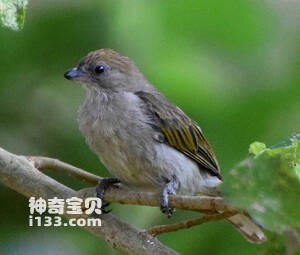
Indicator meliphilus
Indicator meliphilus,Pallid Honeyguide,Eastern least honyeguide
The species is known as Indicator meliphilus, Pallid Honeyguide and Eastern ···
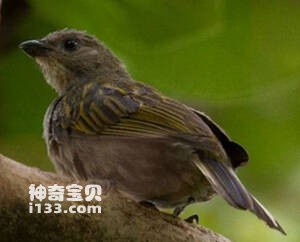
Indicator willcocksi
Indicator willcocksi,Willcocks's Honeyguide
The species is known as Indicator willcocksi, or Willcocks' Honeyguide.P···
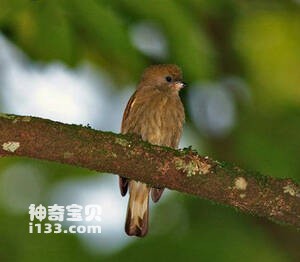
Indicator pumilio
Indicator pumilio,Dwarf Honeyguide
The pecker's scientific name is Indicator pumilio, and its foreign name ···
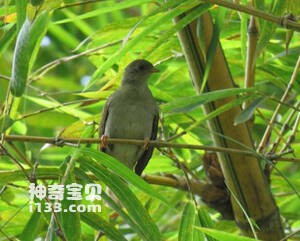
Melignomon eisentrauti
Melignomon eisentrauti,Yellow-footed Honeyguide
The Yellow-footed Honeyguide's scientific name, Melignomon eisentrauti (···
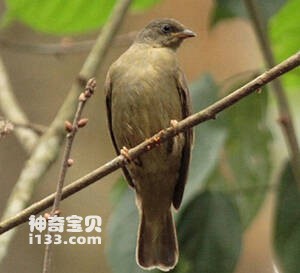
Melignomon zenkeri
Melignomon zenkeri,Zenker's Honeyguide
The name Melignomon zenkeri (Zenker's Honeyguide) is unknown.Protect wil···
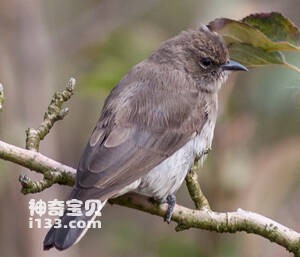
Prodotiscus regulus
Prodotiscus regulus,Brown-backed Honeybird,Wahlberg's honeybird,Wahlberg's honeyguide,Sharp-billed honeyguide
Prodotiscus regulus, Brown-backed Honeybird, Wahlberg's honeybird, Wahlb···
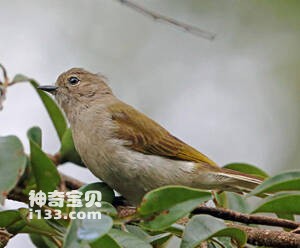
Prodotiscus zambesiae
Prodotiscus zambesiae,Green-backed Honeybird,Green-backed honeyguide,Eastern green-backed honeyguide,Slender-billed honeyguide
Honeypecher Prodotiscus zambesiae, The names Green-backed Honeybird, Green-b···
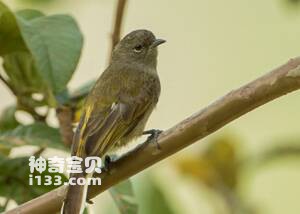
Prodotiscus insignis
Prodotiscus insignis,Cassin's Honeybird
尖嘴蜜䴕学名Prodotiscus insignis,外文名Cassin's Honeybird,具体习性不详···
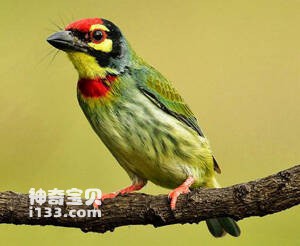
Megalaima haemacephala
Megalaima haemacephala,Coppersmith Barbet,Crimson-breasted barbet,Coppersmith
Megalaima haemacephala, Coppersmith Barbet, Crimper-breasted barbet, Coppers···
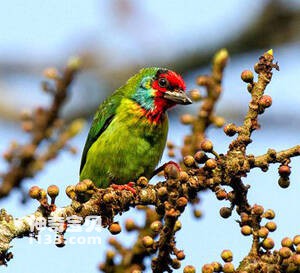
Psilopogon malabaricus
Psilopogon malabaricus,Malabar Barbet
The species is known as Psilopogon malabaricus and Malabar Barbet.Protect wi···
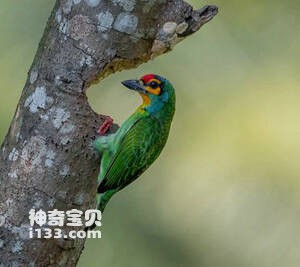
Megalaima rubricapillus
Megalaima rubricapillus,Crimson-fronted Barbet,Sri Lanka barbet
Megalaima rubricapillus, foreign names Crimson fronted Barbet, Sri Lanka bar···
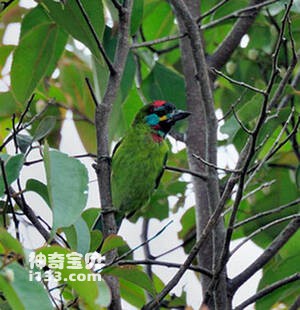
Megalaima eximia
Megalaima eximia,Bornean Barbet
The Kalimantan woodpecker is known as Megalaima eximia and Bornean Barbet.Pr···
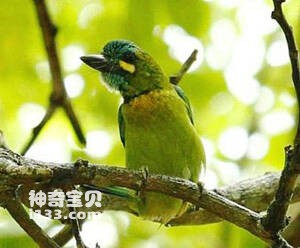
Psilopogon australis
Psilopogon australis,Yellow-eared Barbet,Little Barbet
The scientific name of the Yellow-eared woodpecker is Psilopogon australis, ···
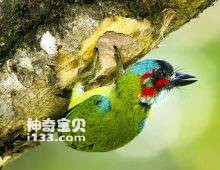
Psilopogon cyanotis
Psilopogon cyanotis,Megalaima australis,Blue-eared Barbet
The Blue-eared woodpecker is known as Psilopogon cyanotis, Megalaima austral···
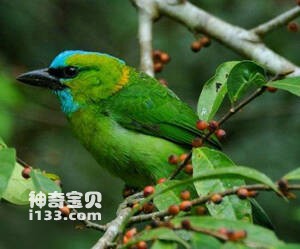
Megalaima pulcherrima
Megalaima pulcherrima,Golden-naped Barbet
Megalaima pulcherrima, Golden-naped Barbet, is unknown。Protect wild animals···
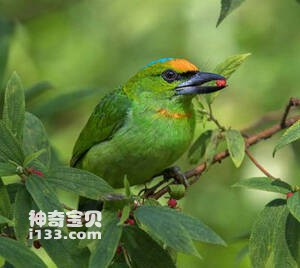
Megalaima armillaris
Megalaima armillaris,Flame-fronted Barbet
The species is known as Megalaima armillaris and Flame-fronted Barbet.Protec···
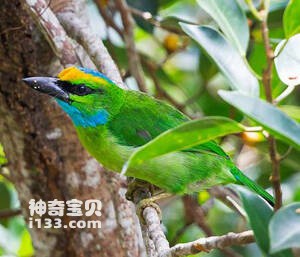
Megalaima henricii
Megalaima henricii,Yellow-crowned Barbet
Megalaima henricii, Yellow-crowned Barbet, is unknown.Protect wild animals a···
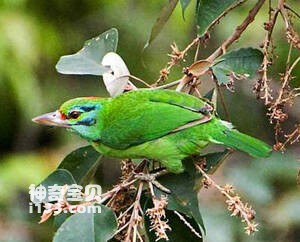
Megalaima incognita
Megalaima incognita,Moustached Barbet
Megalaima incognita, Moustached Barbet, is unknown。Protect wild animals and···
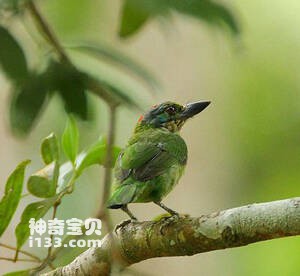
Megalaima monticola
Megalaima monticola,Mountain Barbet
Megalaima monticola is the scientific name of Megalaima monticola, the forei···
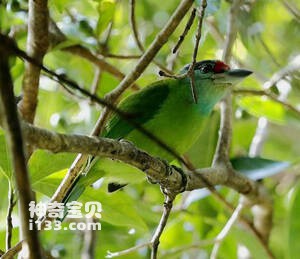
Psilopogon chersonesus
Psilopogon chersonesus,Turquoise-throated Barbet
The species is known as Psilopogon chersonesus and Turquoise-throated Barbet···
